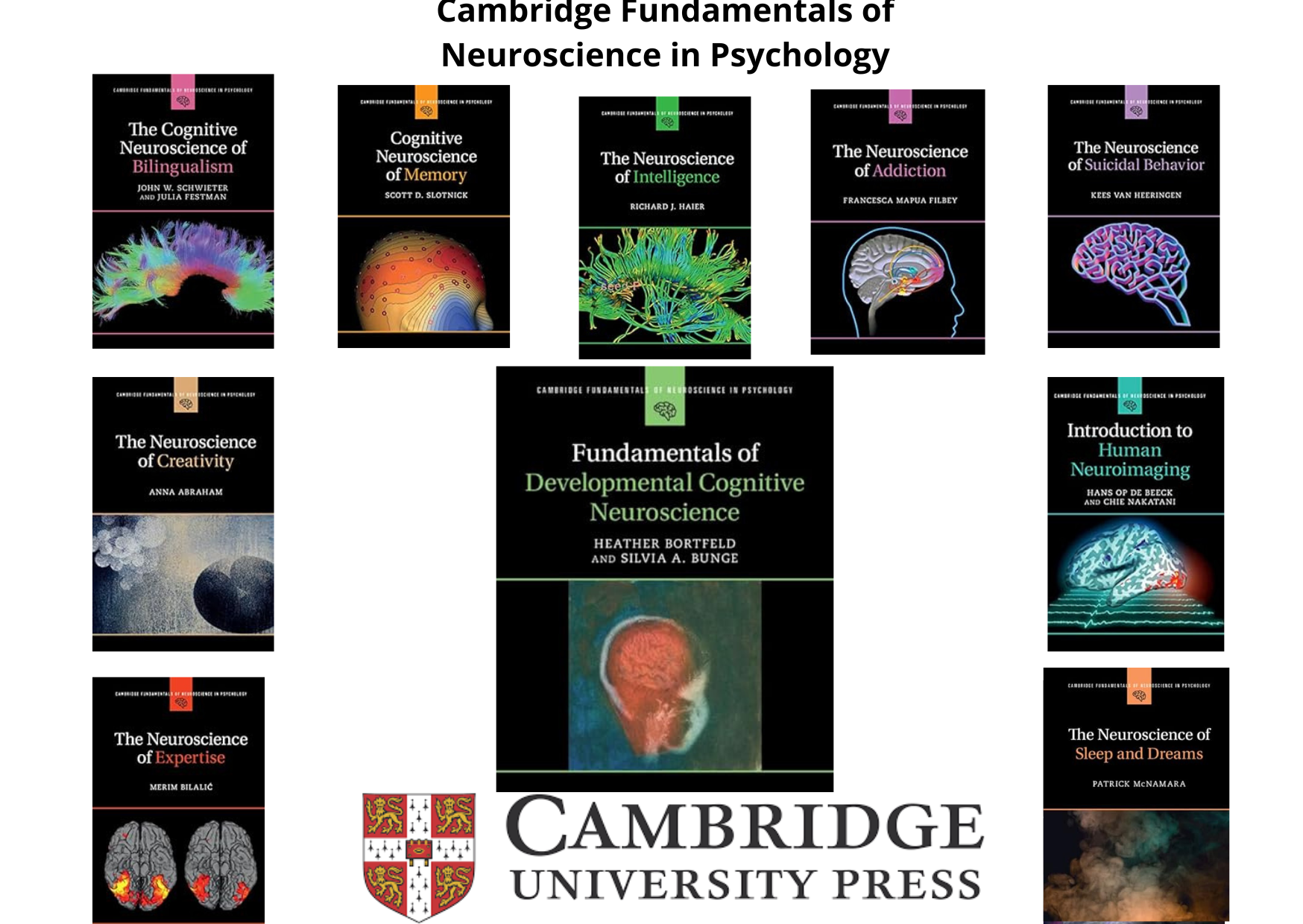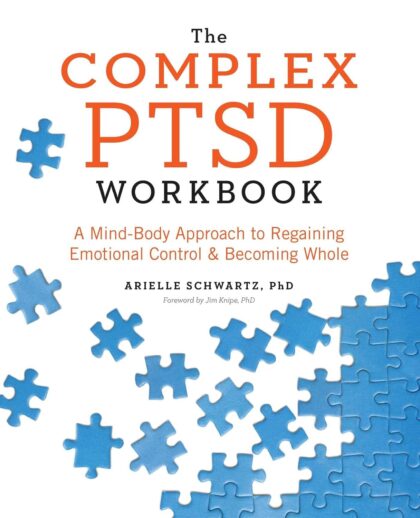Description
This new edition provides an accessible guide to advances in neuroscience research and what they reveal about intelligence. Compelling evidence shows that genetics plays a major role as intelligence develops from childhood, and that intelligence test scores correspond strongly to specific features of the brain assessed with neuroimaging. In detailed yet understandable language, Richard J. Haier explains cutting-edge techniques based on DNA and imaging of brain connectivity and function. He dispels common misconceptions – such as the belief that IQ tests are biased or meaningless. Readers will learn about the real possibility of dramatically enhancing intelligence and the positive implications this could have for education and social policy. The text also explores potential controversies surrounding neuro-poverty, neuro-socioeconomic status, and the morality of enhancing intelligence for everyone.
Fundamentals of Developmental Cognitive Neuroscience
An exciting introduction to the scientific interface between biological studies of the brain and behavioural studies of human development. The authors trace the field from its roots in developmental psychology and neuroscience, and highlight some of the most persuasive research findings before anticipating future directions the field may take. They begin with a brief orientation of the brain, along with genetics and epigenetics, and then summarise brain development and plasticity. Later chapters detail the neurodevelopmental basis of a wide variety of human competencies, including perception, language comprehension, socioemotional development, memory systems, literacy and numeracy, and self-regulation. Suitable for advanced undergraduate and graduate courses in developmental cognition or neuroscience, this textbook covers the prenatal period through to infancy, childhood, and adolescence. It is pedagogically rich, featuring interviews with leading researchers, learning objectives, review questions, further-reading recommendations, and numerous colour figures. Instructor teaching is supported by lecture slides and a test bank.
The Cognitive Neuroscience of Bilingualism
The Cognitive Neuroscience of Bilingualism presents an introduction to the neural bases and cognitive processes of the bilingual brain. It covers foundational knowledge required for study in the area of bilingualism, including prominent theories and research methodologies, and the state of research in relevant fields of psycholinguistics, cognitive psychology, and neuroscience. Major topics include bilingual development and brain plasticity; aphasia and the bilingual brain; cross-linguistic effects of bilingualism; bilingual lexical and conceptual memory; and cognitive and neurocognitive effects of bilingualism. This book represents the first of its kind to bring together the various psychological and theoretical issues of bilingualism with respect to language processing and representation, while providing insight into the ‘reality’ of the bilingual brain.
Introduction to Human Neuroimaging
Developed specifically for students in the behavioral and brain sciences, this is the only textbook that provides an accessible and practical overview of the range of human neuroimaging techniques. Methods covered include functional and structural magnetic resonance imaging, positron emission tomography, electroencephalography, magnetoencephalography, multimodal imaging, and various brain stimulation methods. Experimental design, image processing, and statistical inference are also addressed, with chapters for both basic and more advanced data analyses. Key concepts are illustrated through research studies on the relationship between brain and behavior, and practice questions are included throughout to test knowledge and aid self-study. Offering just the right amount of detail for understanding how major imaging techniques can be applied to answer neuroscientific questions, and the practical skills needed for future research, this is an essential text for advanced undergraduate and graduate students in psychology, neuroscience, and cognitive science programs taking introductory courses on human neuroimaging.
The Neuroscience of Addiction
This book addresses a growing need for accessible information on the neuroscience of addiction. In the past decade, neuroscientific research has greatly advanced our understanding of the brain mechanisms of addiction. However this information still remains largely confined to scientific outlets. As legislation continues to evolve and the stigma surrounding addiction persists, new findings on the impact of substances on the brain are an important public health issue. Francesca Mapua Filbey gives readers an overview of research on addiction including classic theories as well as current neuroscientific studies. A variety of textual supports – including a glossary, learning objectives and review questions – help students better reinforce their reading and make the text a ready-made complement to undergraduate and graduate courses on addiction.
The Neuroscience of Sleep and Dreams
The Neuroscience of Sleep and Dreams provides comprehensive coverage of the basic neuroscience of both sleep and dreams for upper-level undergraduate and graduate students. It details new scientific discoveries, places those discoveries within evolutionary context, and links established findings with implications for sleep medicine. This second edition focuses on recent developments in the social nature of sleep and dreams. Coverage includes the neuroscience of all stages of sleep; the lifespan development of these sleep stages; the role of non-REM and REM sleep in health and mental health; comparative sleep; biological rhythms; sleep disorders; sleep memory; dream content; dream phenomenology, and dream functions. Students, scientists, and interested non-specialists will find this book accessible and informative.
The Neuroscience of Creativity
What happens in our brains when we compose a melody, write a poem, paint a picture, or choreograph a dance sequence? How is this different from what occurs in the brain when we generate a new theory or a scientific hypothesis? In this book, Anna Abraham reveals how the tools of neuroscience can be employed to uncover the answers to these and other vital questions. She explores the intricate workings of our creative minds to explain what happens in our brains when we operate in a creative mode versus an uncreative mode. The vast and complex field that is the neuroscience of creativity is disentangled and described in an accessible manner, balancing what is known so far with critical issues that are as yet unresolved. Clear guidelines are also provided for researchers who pursue the big questions in their bid to discover the creative mind.
The Neuroscience of Suicidal Behavior
Nearly one million people take their own lives each year world-wide – however, contrary to popular belief, suicide can be prevented. While suicide is commonly thought to be an understandable reaction to severe stress, it is actually an abnormal reaction to regular situations. Something more than unbearable stress is needed to explain suicide, and neuroscience shows what this is, how it is caused and how it can be treated. Professor Kees van Heeringen describes findings from neuroscientific research on suicide, using various approaches from population genetics to brain imaging. Compelling evidence is reviewed that shows how and why genetic characteristics or early traumatic experiences may lead to a specific predisposition that makes people vulnerable to triggering life events. Neuroscientific studies are yielding results that provide insight into how the risk of suicide may develop; ultimately demonstrating how suicide can be prevented.
The Neuroscience of Expertise
The Neuroscience of Expertise examines the ways in which the brain accommodates the incredible feats of experts. It builds on a tradition of cognitive research to explain how the processes of perception, attention, and memory come together to enable experts’ outstanding performance. The text explains how the brain adapts to enable the complex cognitive machinery behind expertise, and provides a unifying framework to illuminate the seemingly unconnected performance of experts in different domains. Whether it is a radiologist who must spot a pathology in a split second, a chess grandmaster who finds the right path in a jungle of possible continuations, or a tennis professional who reacts impossibly quickly to return a serve, The Neuroscience of Expertise offers insight into the universal cognitive and neural mechanisms behind these achievements.
Cognitive Neuroscience of Memory
Within the last two decades, the field of cognitive neuroscience has begun to thrive, with technological advances that non-invasively measure human brain activity. This is the first book to provide a comprehensive and up-to-date treatment on the cognitive neuroscience of memory. Topics include cognitive neuroscience techniques and human brain mechanisms underlying long-term memory success, long-term memory failure, working memory, implicit memory, and memory and disease. Cognitive Neuroscience of Memory highlights both spatial and temporal aspects of the functioning human brain during memory. Each chapter is written in an accessible style and includes background information and many figures. In his analysis, Scott D. Slotnick questions popular views, rather than simply assuming they are correct. In this way, science is depicted as open to question, evolving, and exciting.
The Neuroscience of Intelligence
This new edition provides an accessible guide to advances in neuroscience research and what they reveal about intelligence. Compelling evidence shows that genetics plays a major role as intelligence develops from childhood, and that intelligence test scores correspond strongly to specific features of the brain assessed with neuroimaging. In detailed yet understandable language, Richard J. Haier explains cutting-edge techniques based on DNA and imaging of brain connectivity and function. He dispels common misconceptions – such as the belief that IQ tests are biased or meaningless. Readers will learn about the real possibility of dramatically enhancing intelligence and the positive implications this could have for education and social policy. The text also explores potential controversies surrounding neuro-poverty, neuro-socioeconomic status, and the morality of enhancing intelligence for everyone.





Reviews
There are no reviews yet.